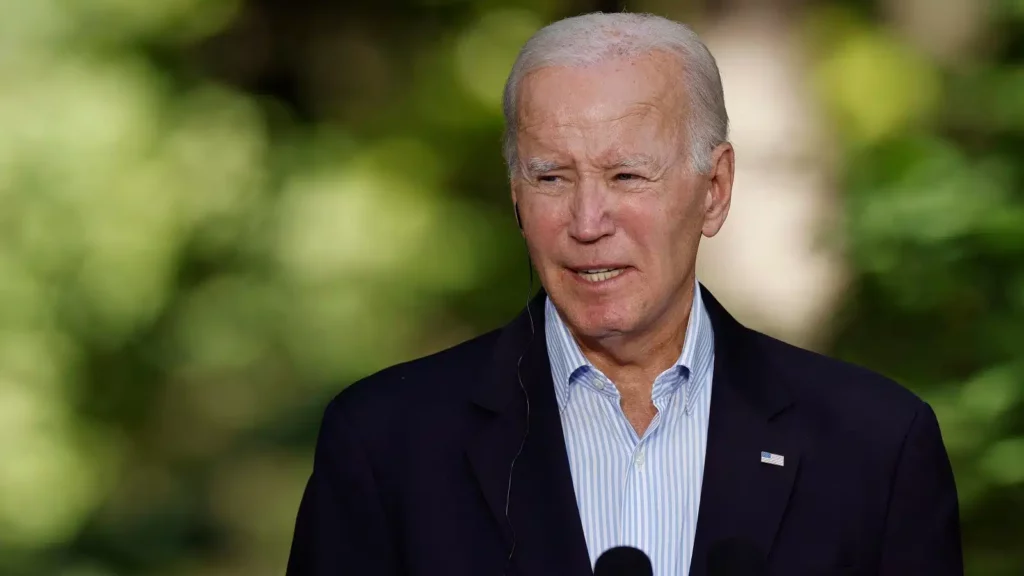
The intricate dance between the executive and judicial branches of the U.S. government has always been a subject of intense scrutiny and debate. The recent guidance issued by the Department of Education, under the Biden administration, has added a fresh layer of complexity to this relationship, particularly in the realm of higher education.
The Supreme Court’s recent ruling on racial preferences in college admissions was met with a myriad of reactions. Advocates for racial equality saw it as a potential setback, while proponents of race-neutral policies viewed it as a victory for meritocracy. Amidst this polarized backdrop, the Biden administration’s response was eagerly awaited by educational institutions, policymakers, and the general public.
The guidance provided by the Department of Education offers a nuanced interpretation of the Court’s decision. At first glance, it appears to be in alignment with the ruling, emphasizing the prohibition of direct racial considerations in admissions. However, a deeper examination reveals a more intricate approach. The guidance suggests that while universities might not be able to consider race directly, they can give weight to life experiences that have been influenced by an applicant’s racial background. This subtle distinction could have profound implications for the admissions process across the nation.
This move by the Biden administration is reflective of its broader stance on issues of diversity and inclusion. The current administration has consistently underscored the importance of recognizing and addressing systemic inequities in various sectors, including education. By emphasizing life experiences influenced by race, the guidance brings to the forefront the broader societal challenges and disparities faced by individuals from marginalized racial backgrounds. While this perspective is undoubtedly valuable in highlighting systemic issues, its juxtaposition against the Supreme Court’s ruling raises pertinent questions about the boundaries between executive recommendations and judicial mandates.
The release of this guidance has also reignited age-old debates about the separation of powers in the U.S. government. The delicate balance between the executive and judicial branches is foundational to American democracy. While disagreements and debates between these branches are par for the course, overt challenges or perceived attempts to circumvent judicial decisions are rare and often controversial. The guidance, with its subtle shift in perspective, could be seen as a challenge to the Supreme Court’s authority, thereby testing the waters of this delicate balance.
For universities and colleges, this guidance presents both opportunities and challenges. On one hand, it provides a potential pathway to ensure diverse student bodies and address systemic racial disparities. On the other hand, it places institutions in a precarious position, having to navigate between the Supreme Court’s ruling and the executive branch’s recommendations. The decisions made by these institutions in the wake of this guidance will shape the future of college admissions and potentially set precedents for how executive recommendations are interpreted in relation to judicial rulings.
In conclusion, the recent guidance from the Department of Education is more than just a set of recommendations for universities. It’s a reflection of the Biden administration’s broader stance on racial equity, a potential challenge to the Supreme Court’s authority, and a pivotal moment in the ongoing debate about the role of race in college admissions. As educational institutions grapple with these recommendations, the nation watches closely, awaiting the next chapter in this unfolding saga of policy, politics, and power.
Source Conservative Brief

